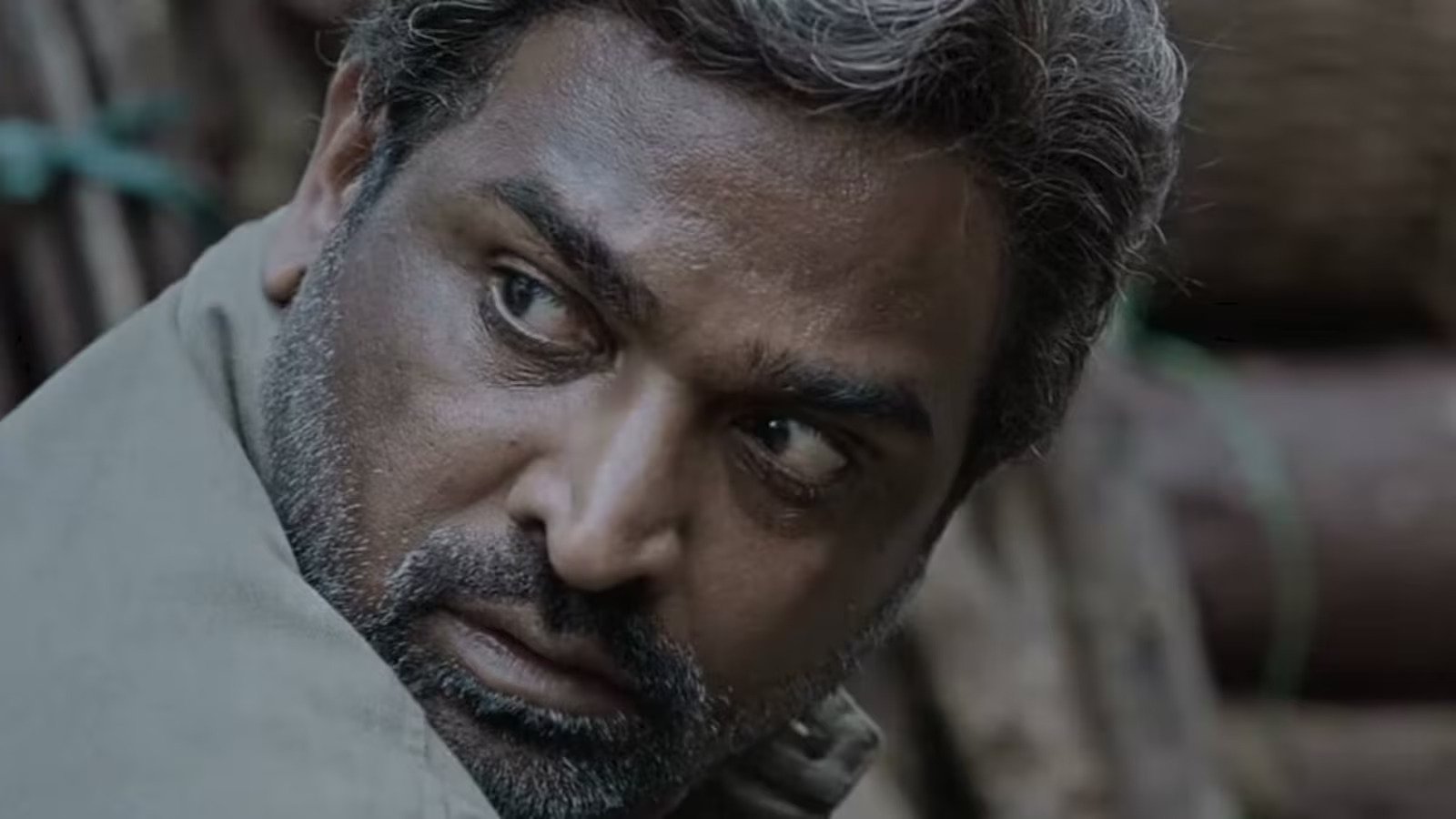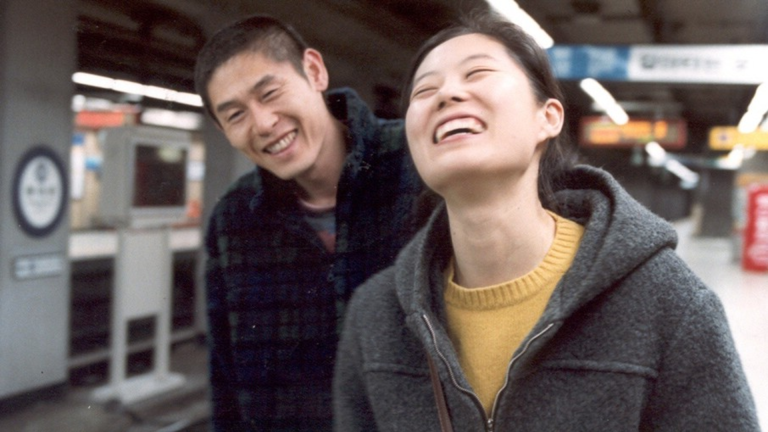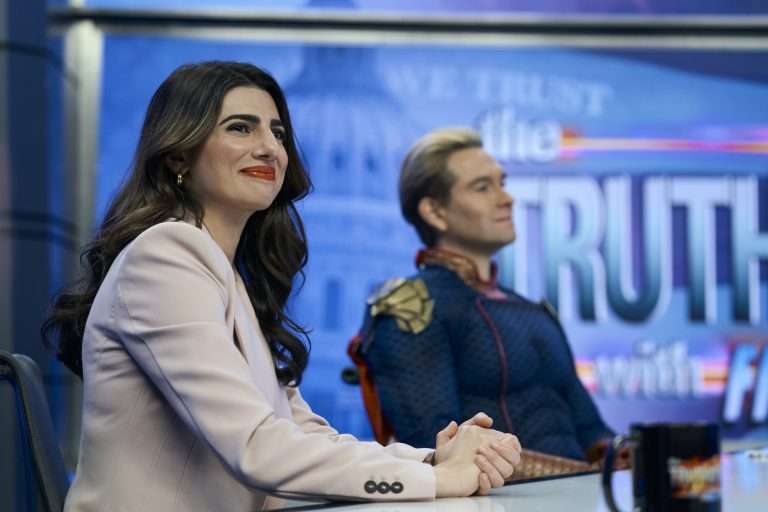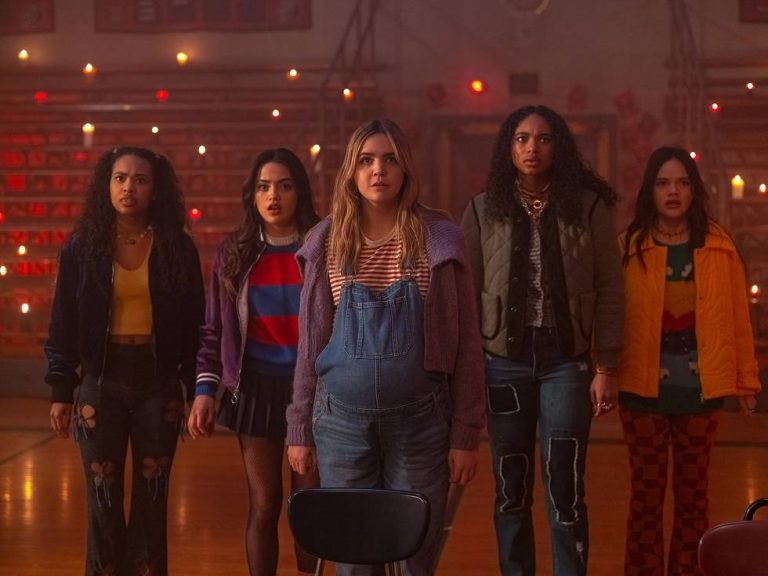Vetrimaaran is one of the few fine film craftsman in Tamil Cinema who aims to raise the political consciousness of his audience. His first two films – Polladhavan (2007) and Aadukalam (2011) – chronicled the strictly personal conflicts of individuals, and its story setting (North Chennai and Madurai, respectively) touched upon the cultural and socio-political themes of the region. Vetrimaaran’s highly acclaimed third film, Visaranai (2015), was a terrifying tale of police brutality and abuse of power. With Vada Chennai (2018), Vetrimaaran went back to the much-maligned Chennai neighborhood (North Chennai) and constructed a sprawling tale of gangsters who are made and unmade by the whims of the political establishment.
For Asuran (2019), Vetrimaaran utilized Poomani’s brilliant novel Vekkai (Heat) to design a tale of revenge that’s firmly rooted in caste and land politics of 1970s South Tamil Nadu. Vetrimaaran’s ability to shift to different regions to tell Tamil people’s stories of oppression and fight for their freedom is what basically strengthens his stories. In his latest venture, Viduthalai (2023), the filmmaker moves to the forest terrain to depict the brutal, cyclical violence between police forces and an armed outfit, who, with the help of locals, fight against the government’s decision to give away the mineral-rich lands to the mining company.
As I mentioned, Vetrimaaran’s story setting and directorial choices easily immerses us into his cinema. Hence, the more important question about Vetrimaaran’s films nowadays is: How good is it? To be honest, my initial reaction to Viduthalai is mixed, which also has to do with the fact that this is only half of the tale. Vetrimaaran commenced Viduthalai as a low-budget drama after the humongous commercial success of Asuran. In fact, Viduthalai was supposed to be a more contained tale like Visaranai and showcase how the societal outlook of a humane, lower-ranking policeman changes when he comes across the feared leader of a militant group.
But when Vijay Sethupathi was cast as Perumal ‘Vaathiyaar’, the leader of Makkal Padai (People’s Army), Vetrimaaran kept expanding the tale, and it was decided to divide Viduthalai into two parts. Viduthalai Part 1 focuses on a freshly recruited police constable Kumaresan (Soori). Set in the late 1980s, the story predominantly follows Kumaresan’s journey of disillusionment as he gradually witnesses the brutalities his superiors inflict upon the poor, innocent locals. Vijay Sethupathi’s Vaathiyar has a ghostly presence in the narrative until the final stretch of part 1. His character is all set to take over the major conflicts in part II.
Vetrimaaran’s strengths are at full display in Viduthaalai’s first 30 minutes as he tightly sets up the macro and micro plot mechanics. The long tracking shots have become his signature. And Viduthalai opens with such an expertly staged scene where the camera closely captures the chaos and misery in the aftermath of a train derailment. People’s Army members are said to be involved in the well-planned derailment. While the armed radical outfit has retaliated against the police, this was touted as their first planned attack against civilians. Chief Secretary of Tamil Nadu (Rajiv Menon) duly announces how this is an outright act of terrorism and reprimands media outlets sympathetic to the cause of the People’s Army.
The incident increases the tension in the forest area, both in the police camp and villages. Soori’s Kumaresan is simply a cog in this vicious policing machine. His hill driving skills are the significant reason for his recruitment in the E company. Soon, Kumaresan lands in trouble with his callous superior officer after an act of kindness to a young tribal woman, Paapa, aka Tamilarasi (Bhavani Sre). Kumaresan’s righteousness bothers his superior since the recruited men are supposed to follow orders and only worry about their survival. In fact, Kumaresan accepts his punishment without complaint and dismisses his fellow policemen’s advice to apologize to the superior officer.
Writing and staging budding romances are not Vetrimaaran’s forte. But he does a fine job tracing the developing bond between Kumaresan and Paapa (overemphasizing background score is a spoilsport, though). Apart from the grim incidents in the police camp, Kumaresan learns much about the region’s conflicts through Paapa and her tragic life story. As he gradually empathizes with tribal people’s plight, Kumaresan also stumbles upon a piece of information. A series of random incidents bestows upon Kumaresan information about one of the possible hideouts of Vaathiyar and his group.
However, the strict hierarchy in the police force and his previous beef with the superior officer don’t offer Kumaresan to chance to pass on the information. Meanwhile, the government appoints a new DSP (Gautham Menon), who comes with different tactics to appease the locals and root out the radicals. While Kumaresan’s superior officer is a sadistic, perverted individual, the DSP effortlessly switches between ruthlessness and benevolence. Eventually, Kumaresan is forced to do something with the information when his worst fears unfold.
Similar to Visaranai, Viduthalai showcases how few people in the corridors of power casually make life-altering decisions on behalf of a large populace. Though the conversations between the authority figures feel stilted at times, it conveys important truths about how democracy operates in a country like ours. Rajiv Menon’s Chief Secretary comes across as a Colonel Mathieu-like character (in Gillo Pontecorvo’s Battle of Algiers, 1966). The power he holds gives him the grace and persuasiveness to set up the majoritarian narrative. Occasionally, Vetrimaaran cuts to newspaper articles to portray how media outlets buy or forced to buy the government’s outlook on the conflict.
We don’t get any glimpse into the inner workings of People’s Army members in this part. But even in the small scene where the armed local men talk about killing Kumaresan (due to the crucial information he withholds about them), the conversation is very human, unlike the smug, cold-blooded nature of the powerful. Despite numerous struggles Vetrimaaran and his team encountered while shooting in the hilly forest terrain, the execution is nearly perfect. The long and slow introduction sequence of the forest area through Kumerasan’s journey to the police outpost was one of the high points of Vetrimaaran’s direction and Velraj’s cinematography. Equally riveting was the final action/chase sequence in the narrow alleyways of the mountain village.
Viduthalai largely follows a predictable narrative arc. But more than the predictability factor, the film isn’t as engaging as Vetrimaaran’s previous three films. The director, as usual, extracts good performances from his actors. Soori brilliantly carries the narrative. It’s not easy for a popular comedian actor – who often relies on exaggerated body and facial gestures – to perform in a nuanced manner. He falters on very few occasions and largely raises himself to meet the role’s physical demands. Therefore, it’s the writing that somewhat fails to make a greater impact.
Vetrimaaran repeatedly uses shocking imagery and expository details to move the narrative forward. In the eight years after Visaranai’s release, Tamil cinema has seen plenty of stories about police brutality, including the recent Jai Bhim (2021) and Taanakkaran (2022). Of course, in reality, the deeds of the police have been even more brutal. However, in Viduthalai, the shocking visuals of assault on female bodies are solely designed to sustain tension within the narrative.
On one occasion, it gives ‘meaning’ to Vaathiyar’s killing spree. On another occasion, it keeps us on edge and makes us wonder if Kumaresan will save Paapa. In Visaranai, the unflinching documentation of human rights violations didn’t promise any cinematic retaliatory violence. In Asuran and Vada Chennai, Vetrimaaran’s staging of violence was deliberately stylish (accompanied by rousing soundtracks) and sometimes remained a little detrimental to the film’s social commentary.
As I mentioned, the protagonist Kumaresan is simply a cog in the system that the narrative is prone to rely on larger, external conflicts of violence. On the other hand, a lot about Vaathiyar can’t be revealed since the film is also a set-up for part II. In fact, the only time Kumaresan controls the narrative is when he pieces together the importance of his information. But he doesn’t make any progress with it until the final scenes. I was also plagued by a simple, logical question of why such a secretive leader wouldn’t change his hideout even after knowing (for quite some time) that a policeman had found out the place.
Perhaps there’s also a problem in casting someone like Vijay Sethupathi in the role of Vaathiyar. The business and audience reception of Viduthalai will be bigger with a name like VJ Sethupathi (and, of course, he offers an earnest performance as usual). But his screen presence has somehow pushed the filmmaker to create an overtly political, crowd-pleasing narrative instead of a modest socio-political drama about the psychological and physical struggles of a policeman with a conscience. Viduthalai will still be considered ‘too raw’ or ‘documentary-like’ by the mainstream audience. Nevertheless, we must wait and see part II to judge or comprehend the work as a whole. And going by the epilogue, part II seems to be more dramatic and violent.
Despite my reservations about this film, Viduthalai: Part 1 (145 minutes) potently delves into the roots of state-sanctioned violence and oppression. It’s so far the most politically-charged film in Vetrimaaran’s oeuvre.




![Sardar Udham [2021] Review: A Slow but Steady Exploration through the Annals of the Aftermath of the Jallianwala Bagh Massacre](https://79468c92.delivery.rocketcdn.me/wp-content/uploads/2021/10/Sardar-Udham-768x432.jpg)




![Blue My Mind [2018]: Fantasia Film Festival Review](https://79468c92.delivery.rocketcdn.me/wp-content/uploads/2018/07/Blue-My-Mind-1-768x322.jpg)